
Soils could be affected by climate change, impacting water and food
Climate change may reduce the ability of soils to absorb water in many parts of the world, according to a Rutgers-led study. And that could have serious implications for groundwater supplies, food production and security, stormwater runoff, biodiversity and ecosystems…
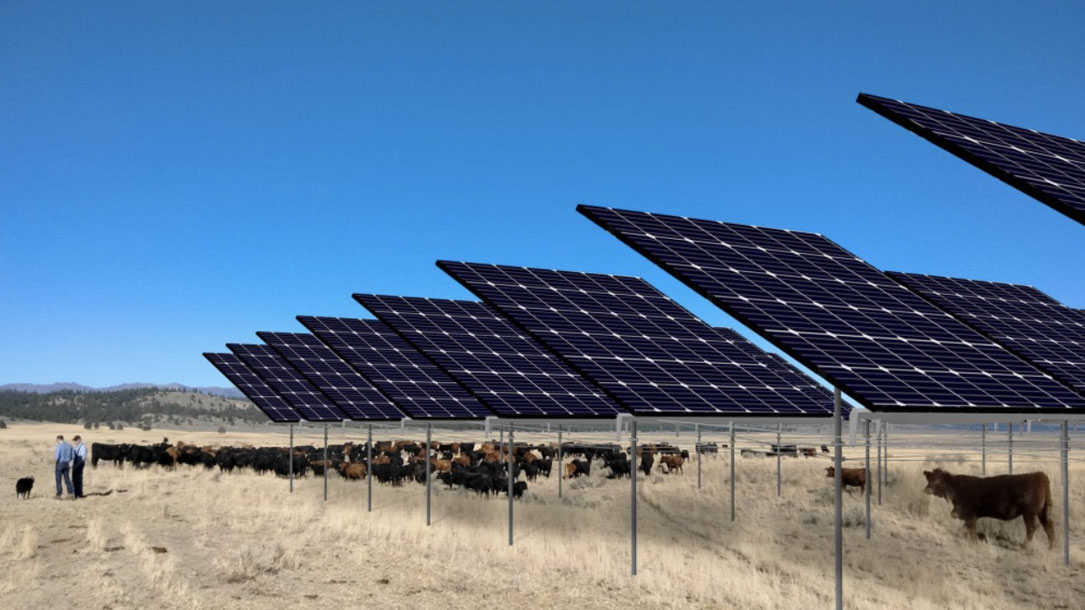
Solar grazing methods a centerpiece of inaugural agrivoltaics conference
The first U.S. agrivoltaics conference took place March 14 to 15, 2023 in Rosemont, Illinois, as sheep grazers sat amongst seed vendors and community solar project developers. On the first day of the conference, the Solar Farm Summit recorded 460 attendees, while speaking to pv magazine USA, executive producer Dan French said the number is likely above 500 strong.

Oregon State University research shows bright future for agrivoltaics
Oregon is home to more than 37,000 farms across 16 million acres of the state. Our agricultural producers raise animals, supply dairy products, and grow food – and sometimes even generate renewable energy. Wind energy is a good fit in several rural areas of the state where there are strong wind resources and development is compatible with land use and agricultural requirements. While many in the agricultural community have concerns about the ability to farm around solar arrays, for some Oregon farms and ranches, solar development could fit well into their cropping or grazing operations. Such “dual-use development” is subject to rules adopted in 2018 by the Oregon Land Conservation and Development Commission.

Cattle agrivoltaics on US ranch
An Oregon State University study shows that most of the prime, flat land near grid load is already in use as farmland, growing food or ranching livestock. In many US markets, including the Pacific Northwest, agrivoltaics is a solution for the food versus energy transition dilemma.
Agrivoltaics provides benefits for the farmer or landowner, the project developer and local communities. Ranching holds particular promise in the agrivoltaics community. It creates better soil composition for cows, sheep and other farm animals to graze, while creating a more natural soil composition around the panels, according to the Oregon State study…

Climate warming from managed grasslands cancels the cooling effect of carbon sinks in sparsely grazed and natural grasslands
Grasslands absorb and release carbon dioxide (CO2), emit methane (CH4) from grazing livestock, and emit nitrous oxide (N2O) from soils. Little is known about how the fluxes of these three greenhouse gases, from managed and natural grasslands worldwide, have contributed to past climate change, or the roles of managed pastures versus natural grasslands.
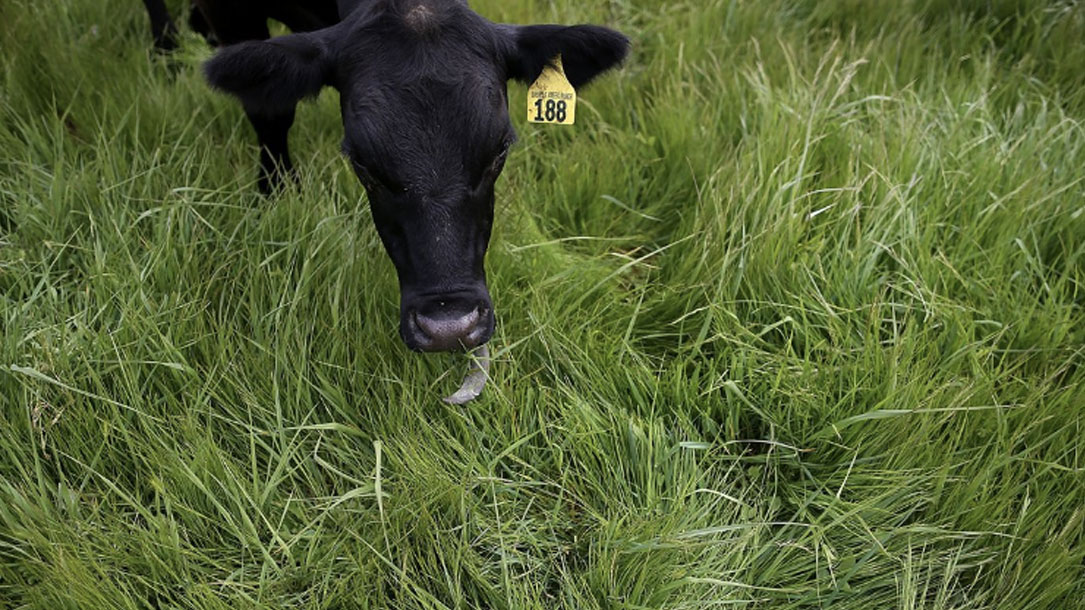
A [new] study on regenerative grazing complicates climate optimism
For Stanley and her colleagues, the bottom line is simple — the sequestration rate is meaningful, especially since grasslands play such an important role in storing carbon. In fact, new research finds that sustainable, optimized grazing and restoration of degraded pasture will be crucial to maintain the cooling effects of grassland carbon sinks…

One-third of the food we eat is at risk because the climate crisis is endangering butterflies and bees
Bee populations are declining. More than half of the bat species in the United States are in severe decline or listed as endangered. And international scientists recently announced the monarch butterfly is perilously close to extinction.
What these three creatures have in common is that they are all pollinators. Without them, fruits, vegetables and other plants wouldn’t be pollinated, and that’s a major problem for our food supply.
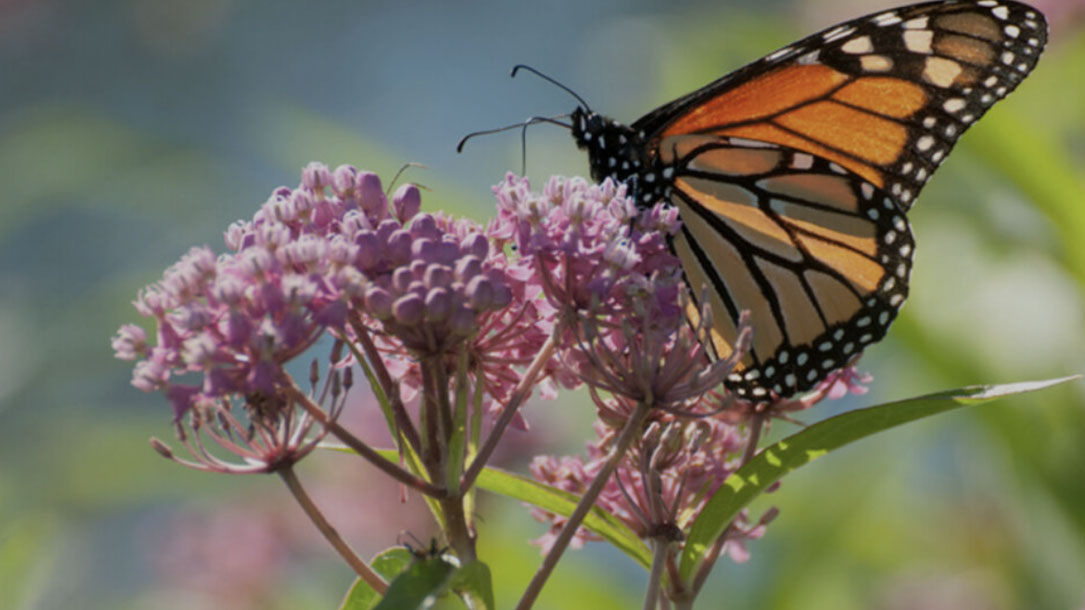
Pollinator deficits, food consumption, and consequences for human health: A modeling study
Animal pollination supports agricultural production for many healthy foods, such as fruits, vegetables, nuts, and legumes, that provide key nutrients and protect against noncommunicable disease. Today, most crops receive suboptimal pollination because of limited abundance and diversity of pollinating insects. Animal pollinators are currently suffering owing to a host of direct and indirect anthropogenic pressures: land-use change, intensive farming techniques, harmful pesticides, nutritional stress, and climate change, among others.
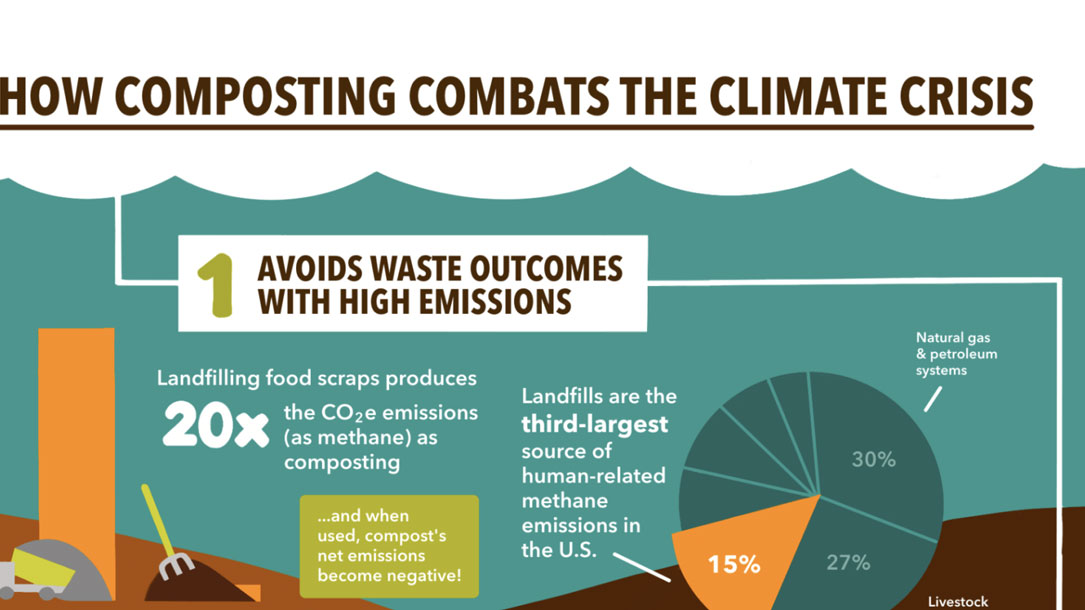
Infographic: How composting combats the climate crisis
Composting cuts greenhouse gas emissions, enhances the ability of soil to act as a carbon sink, and builds community resilience to climate disruptions.
Use our new graphic to share these benefits! It is available for your use (with attribution to the Institute for Local Self-Reliance).
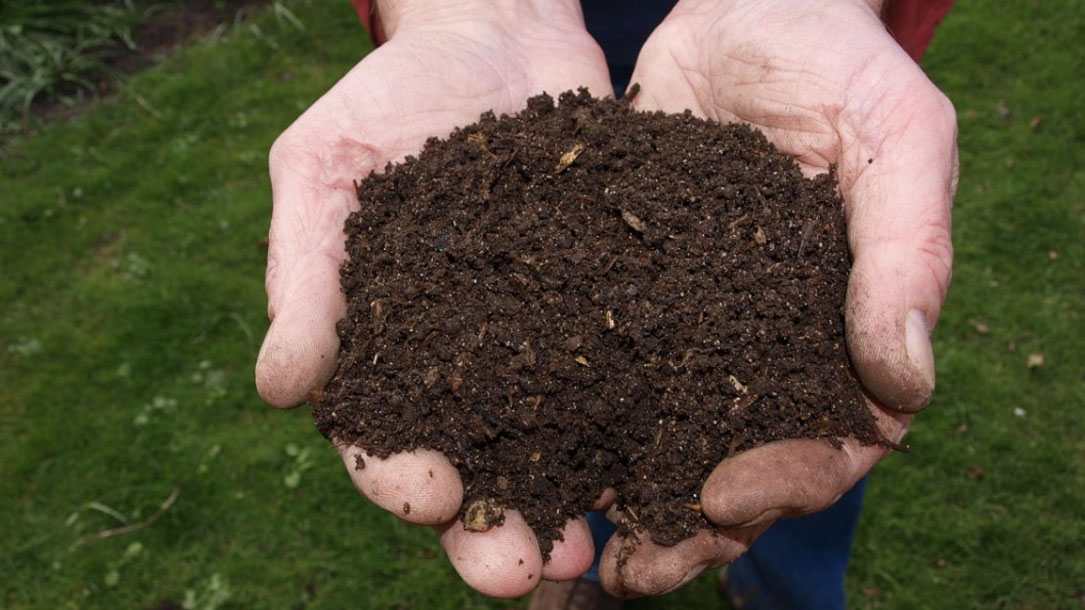
Deep soil inventories reveal that impacts of cover crops and compost on soil carbon sequestration differ in surface and subsurface soils
Increasing soil organic carbon (SOC) via organic inputs is a key strategy for increasing long-term soil C storage and improving the climate change mitigation and adaptation potential of agricultural systems. A long-term trial in California’s Mediterranean climate revealed impacts of management on SOC in maize-tomato and wheat–fallow cropping systems. SOC was measured at the initiation of the experiment and at year 19, at five depth increments down to 2 m, taking into account changes in bulk density. Across the entire 2 m profile, SOC in the wheat–fallow systems did not change with the addition of N fertilizer, winter cover crops (WCC), or irrigation alone and decreased by 5.6% with no inputs.












